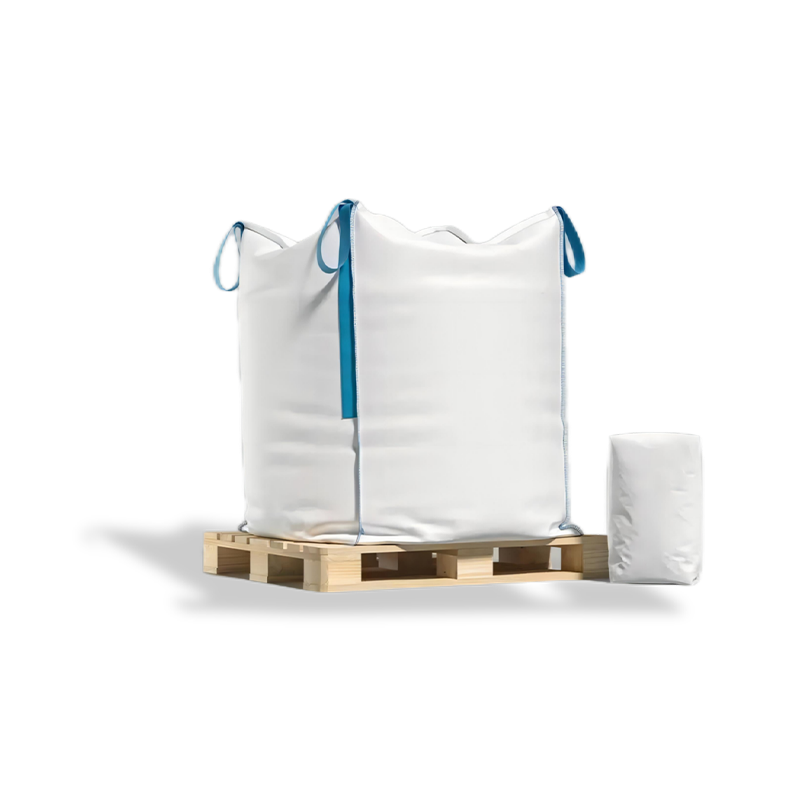EHE high-barrier films are rapidly becoming a go-to choice for modern packaging solutions, particularly in industries that require enhanced protection, such as the packaging of premium infant milk powder and chemicals. These films offer superior barrier properties, protecting sensitive products from moisture, oxygen, and light. But what makes EHE films particularly versatile is their ability to be laminated with other materials, creating composite sheets that provide both durability and flexibility. Laminating EHE films with additional layers, such as plastics, foils, or other barrier materials, is a key step in maximizing their performance, but it requires careful attention to several technical factors.
The first critical aspect when laminating EHE high-barrier films is ensuring proper adhesion between the layers. This requires selecting compatible materials that can bond effectively with the EHE film’s surface. EHE films are typically made from specialized polymers designed to offer robust barrier protection. To achieve a strong lamination, the other material used in the composite layer must also be chosen for its compatibility with the film’s chemical composition. This ensures that the bonding surface remains stable and performs well during production and throughout the product's lifecycle. Surface treatment of the EHE film—such as corona treatment—may be necessary to increase the film's surface energy, which promotes better adhesion to the laminating material.
Next, manufacturers must consider the processing temperature and conditions. The lamination process typically involves heat and pressure, so understanding the heat resistance of both the EHE film and the other materials is essential. If the temperature exceeds the thermal limits of the EHE film or the lamination material, it could result in distortion, delamination, or a loss of barrier effectiveness. Therefore, it's important to establish optimal temperature ranges and use equipment that can control the heat precisely. In some cases, specialized adhesives or laminating technologies, such as solvent-based or solvent-free lamination, may be required to achieve a strong and durable bond without compromising the integrity of the EHE film.

The lamination method itself plays a significant role in ensuring a high-quality product. EHE films can be laminated using various techniques, including dry lamination, wet lamination, or extrusion lamination. Each method has its own set of advantages, depending on the specific requirements of the packaging application. For example, dry lamination typically involves applying a thin adhesive layer between the EHE film and the other material, which is then pressed together using rollers. This method is suitable for applications where a lightweight bond is needed. In contrast, extrusion lamination involves applying molten polymer to the surface of the EHE film, creating a more robust and seamless bond, which is ideal for high-performance applications requiring superior moisture or oxygen barrier properties.
Another important consideration in the lamination of EHE films is ensuring uniformity across the entire surface. Variations in the thickness or adhesive distribution can create weak points in the composite material, compromising the film’s overall effectiveness as a barrier. Additionally, any imperfections or air pockets between layers could lead to product failures, such as compromised packaging integrity or reduced shelf life. To avoid these issues, precision in the lamination process is essential. This includes maintaining the correct tension, pressure, and speed during the lamination operation, as well as ensuring the materials are fed consistently through the machinery.
In the packaging of liquids, such as in the case of milk powder or chemicals, the lamination process must also account for the final product's intended shape and function. EHE high-barrier films are often used in combination with other materials like polyethylene or polypropylene, which can be molded into pouches, blisters, or other flexible shapes. Blister-molding, which uses a combination of heat and pressure to form the laminated composite into a desired shape, is a particularly effective solution for creating flexible, low-carbon packaging. This method allows the creation of lightweight containers that replace rigid packaging, offering a more environmentally friendly alternative while maintaining a high level of protection for the product.

 LANGUAGE
LANGUAGE
 English
English 中文简体
中文简体











